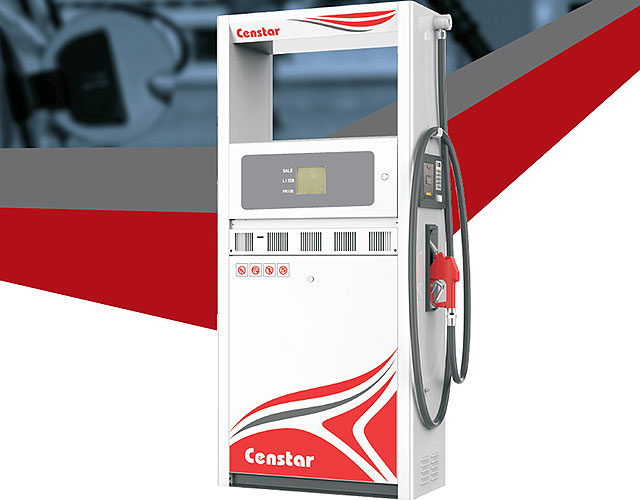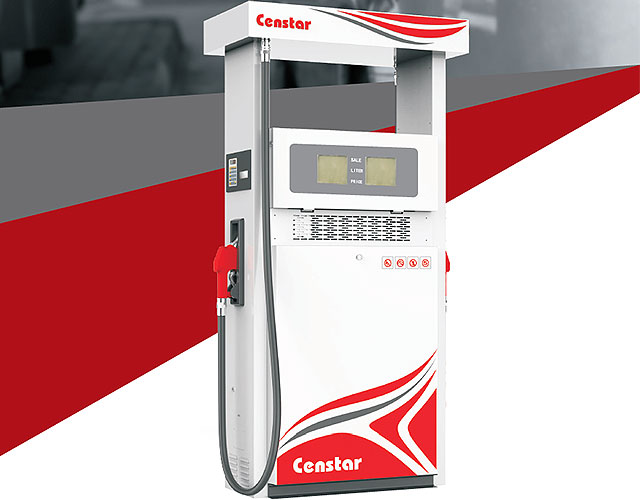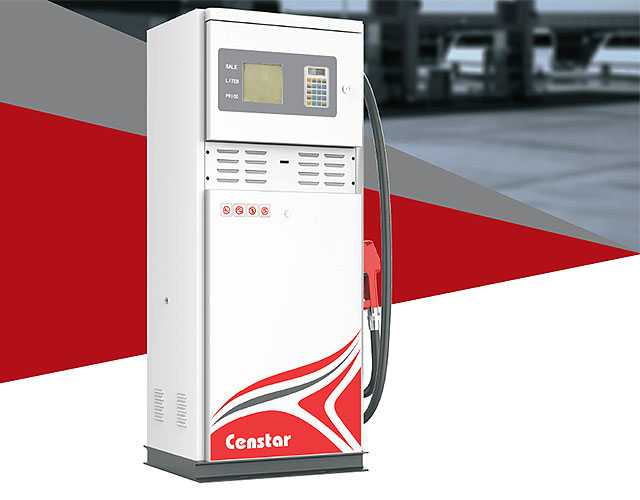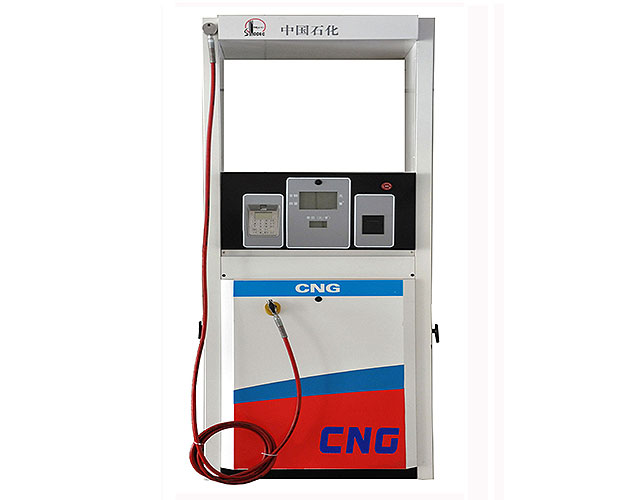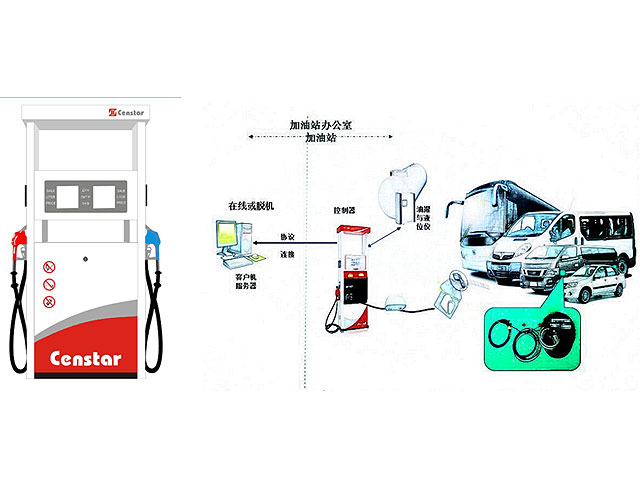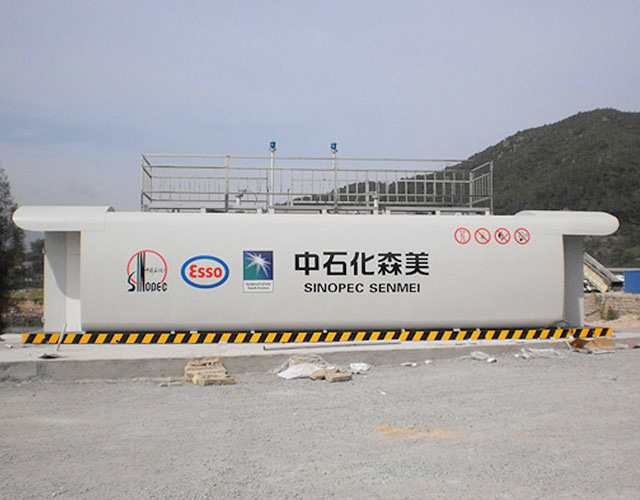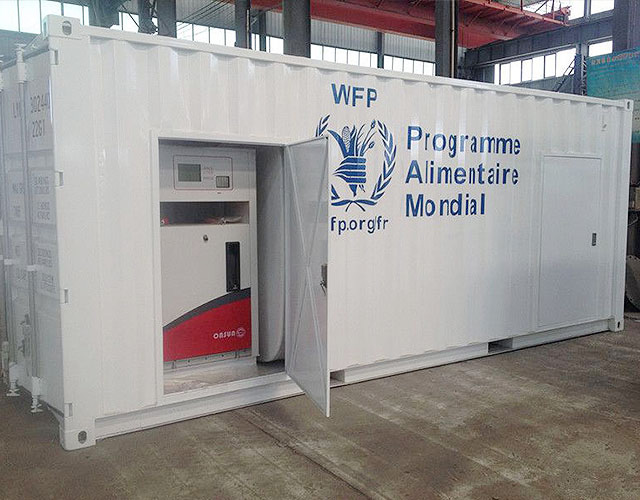lpg filling station fire safety

Safety Aspects of Liquefied Gas Aerosol Propellants
Safety Aspects of Liquefied Gas Aerosol Propellants. 24338 W. Durkee Road Channahon, Illinois 60410 (815) 424 2000 Fax (815) 423 5627 bulkheads at transport loading and unloading stations. operation of fire extinguishers , safety showers , and other safety

Petrol filling stations Guidance on managing the risks of
of premises under the Health and Safety (Enforcing Authority) Regulations 1998. In the main, HSE will enforce at industrial premises and local authorities (Environmental Health Officers) elsewhere e.g. in retail premises including petrol filling stations. d) Fire and rescue authorities at all premises subject to DSEAR in relation to general

Incident analysis of Bucheon LPG filling station pool fire
Fig. 3. Fire with heavy smoke at Bucheon LPG filling station. K. Park et al. / Journal of Hazardous Materials A137 (2006) 62 67 65 Fig. 4. Pool fire captured from north (a) and northeast (b) of the LPG filling area after about 12 min of fire.

Using LPG safely Energy Safe Victoria
Always take care when using LPG. Using LPG cylinders Reduce safety risks when using LPG cylinders. Only use LPG cylinders which have been tested within the last 10 years. The cylinder should be marked with the test date. Fill LPG cylinders at authorised filling stations staffed by trained personnel.

LP Gas Basic Filling Procedures General Information
LP Gas Basic Filling Procedures General Information Warning: Dispensing station to be operated only by a person who is certified according to Utah State Fire Prevention and Safety Law Title 53 Chapter 7 Part 3 Liquefied Petroleum Gas Act. The State Fire Marshals Office is not to be considered a source of training in the dispensing of propane.

Safety Propane Clean American Energy
Propane lets people live comfortably, wherever and however they want. Watch these videos to learn some safety tips for living in a propane home.

Assessing the Safety Operations Processes of an LPG
Also, LPG is heavier than air in low level areas so this feature of LPG makes it difficult to detect any leakage. Factors like these have to be considered by the experts managing the LPG filling station installations. LPG leakage can lead to a fire, bursting

Propane Tank Distance Rules and Requirements
Propane Tank Distance Requirements . One of the most visited subjects in the propane industry is distance requirements for propane tanks.Distance rules are applicable to propane tanks and their connections in relation to what surrounds them, whether it's a house or another propane tank.

LPG FILLING STATIONS
The filling station with mounded tank is a spread solution in the LPG autogas field since it allows to place the tank underground without any case being already protected by the cathode protection system.

Effective Safety Monitoring in LPG Storage and Filling Plants
LPG is a combination of propane, butane, and various other organic gases which are utilized as an effective kind of energy. Companies dealing with LPG need highly experienced LPG tank manufacturers and technical experts for LPG tank installation, LPG filling stations installation and to ensure effective safety monitoring on site of LPG bottling plants.

NFPA 58 FAQs National Fire Protection Association
more than 4,000 gallons of propane? A bulk storage facility with a capacity of more than 4,000 gallons of propane in heavily populated or congested areas can be required to have a fire safety analysis performed by 6.4.1. The fire safety analysis is described in .3.

Liquid Petroleum Gas (LPG) Health and Safety Authority
Liquefied petroleum gas (LPG) is a colourless odourless liquid which readily evaporates into a gas. Normally an odourant has been added to it to help detect leaks. LPG (either Butane or Propane), is generally stored and distributed as a liquid and it is widely used for process and space heating, cooking and automotive propulsion. .

Propane and Liquified Petroleum Gas Regulations
NFPA 58 The ''Liquefied Petroleum Gas Code,'' 2008 edition, issued by the NFPA. including Fire Safety Analysis review, for new LPG facilities exceeding 400,000 gallons and existing LPG facilities expanded to exceed 400,000 gallons in total capacity $500. Proper inspection and filling of propane storage containers.

Code of Practice for Liquefied Petroleum Gas Filling
by owners of LPG filling stations for the desi gn, construction, testing & commissioning, operation and maintenance of LPG filling stations and also, in carrying on their business, to ensure the health and safety at work of their employees a nd to conduct their operations in a safe manner so

Petrol Stations Health and Safety Authority
Petrol Station Safety. Petrol filling stations are particularly hazardous workplaces which require to be licensed by Local Authorities because they store and sell a highly flammable liquid. Publications. Fire and Explosion Risks at Service Stations; Wetstock Reconciliation for Petrol Stations. Emergency Response Plans for Petrol Stations

OSHA Propane Filling Requirements eHow
OSHA Propane Filling Requirements. Filling propane tanks is a process that must be handled with care to prevent problems such as explosions, leakage and damage to the propane tank. If it is not properly filled, the gas inside the tank can become unstable and cause major issues. OSHA has specific requirements that must be met in all U.S. states to

Filling station Wikipedia
A filling station is a facility that sells fuel and engine lubricants for motor vehicles. The most common fuels sold in the 2010s are gasoline (gasoline or gas in the

OSHA Standards for Handling Propane Lin gas Propane Services
Home → Hot Topics → OSHA Standards for Handling Propane OSHA Standards for Handling Propane If you spend any time at all in an industrial facility, you are well acquainted with the standards set forth by the Occupational Safety and Health

Installation Guidance: CNG Refueling Stations DVRPC
When Using CNG/LPG • Station Installation Guidelines for CNG H. Station Operation & Fire Protection. 11 CNG Fuel o CNG or Compressed Natural Gas is predominately Station Installation Safety Valves and Devices oStorage: A manual shutoff valve installed at the outlet of storage.

U Haul: Propane Refill Stations Near You!
Propane & Grilling Safety When handled correctly, propane gas is a safe, clean burning energy source.Whether at home, in transit, or at your local U Haul propane refill station it is simple and easy to ensure safety for you and others.


